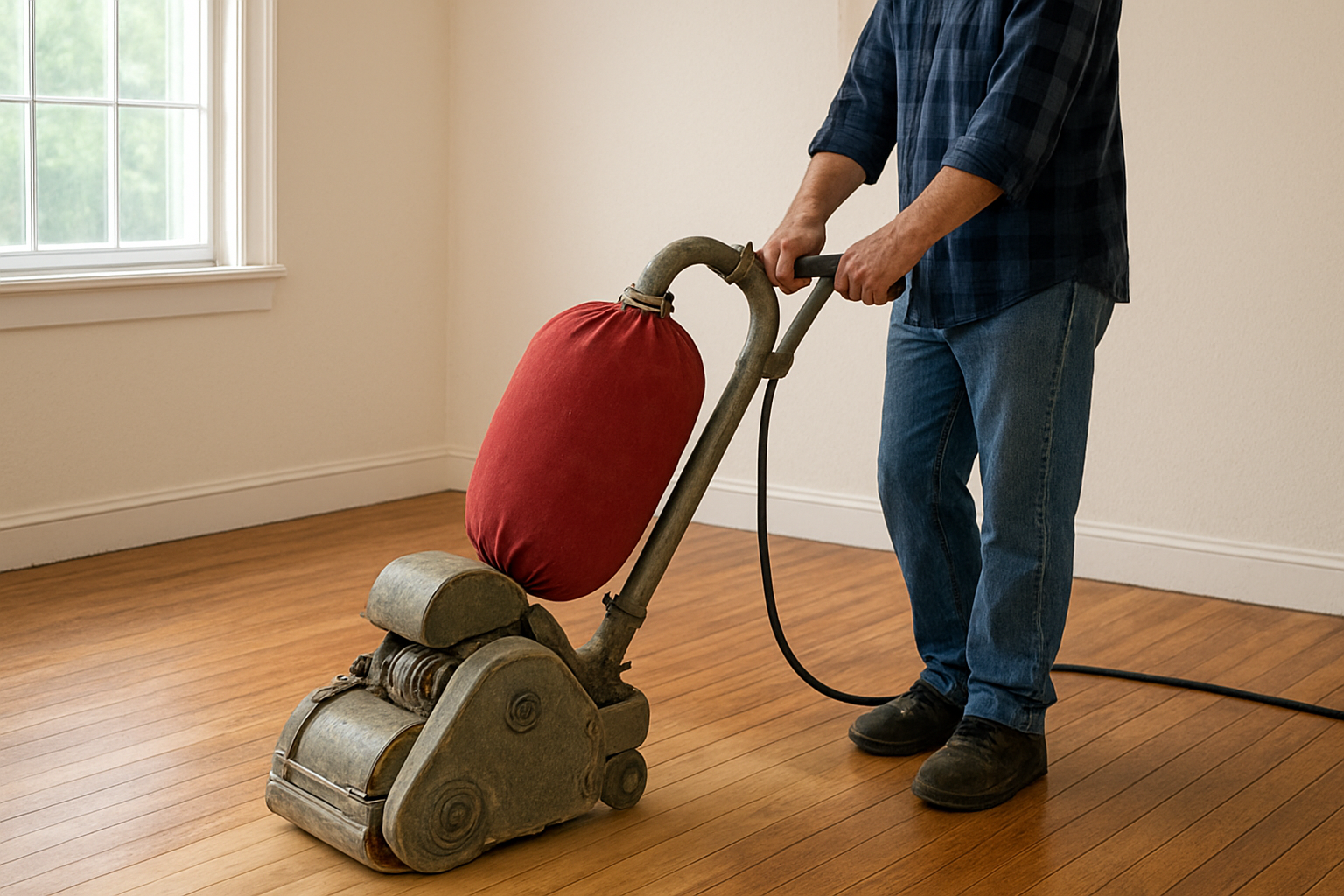What is a Sanding Block Used For: How to Get Perfectly Smooth Results

Sanding might seem a bit intimidating if you’ve never done it before, but a simple sanding block can make it a lot easier. Essentially, a sanding block is a small tool that holds sandpaper and helps you smooth out surfaces evenly. It’s lightweight, easy to control, and perfect for beginners.
What Exactly Does a Sanding Block Do?
A sanding block gives you more control than sanding with just your hand. By keeping the sandpaper flat and distributing pressure evenly, it helps prevent uneven spots or scratches. Many blocks have four sides, which makes it easy to reach corners, edges, and other tricky spots that are hard to sand with just your fingers.
Where Can You Use a Sanding Block?
Sanding blocks are surprisingly versatile. You can use them on:
-
Wood: Furniture, cutting boards, or small craft projects
-
Metal: Knives, scissors, pots, or removing rust
-
Painted surfaces: Prepping a surface for repainting or refinishing
-
Tight spots: Corners, edges, or other areas that are hard to reach with bigger tools
Most blocks work for both dry and wet sanding. They’re usually washable and reusable, which makes them handy for all sorts of projects around the house or workshop.
Picking the Right Sandpaper Grit
Sandpaper comes in different grits, which just means how coarse or fine the particles are. Here’s a simple way to think about it:
-
Coarse (like 80 grit): Removes material quickly, good for rough surfaces
-
Medium (around 180 grit): Smooths surfaces after the coarse grit
-
Fine (240 grit): Prepares the surface for finishing
-
Extra fine (400 grit): Ideal for polishing and final touches
A good rule of thumb is to start with a coarser grit to shape or level your surface, then move to finer grits for a smooth finish.
Tips for Beginners
-
Hold the block firmly, but don’t press too hard — let the sandpaper do the work.
-
Sand in even strokes, ideally following the direction of the wood grain.
-
Use the edges of the block for corners or tight spots, and the flat sides for larger surfaces.
-
Keep the sandpaper clean or replace it if it gets clogged — it’ll work much better.
Wrapping Up
A sanding block is a simple, handy tool that makes sanding easier, more controlled, and more consistent. Even beginners can achieve smooth, professional-looking surfaces by picking the right grit and using a little care. Once you get the hang of it, sanding becomes not just easier, but also satisfying — turning rough surfaces into beautifully smooth ones.
Abrasives Master sanding blocks are lightweight, durable, and easy to hold, perfect for beginners and DIY projects. With years of experience in producing high-quality sanding tools, we ensure reliable performance for every project.
Continue Reading

How to Use Sandpaper to Remove Paint | Beginner’s DIY Guide to Sanding

